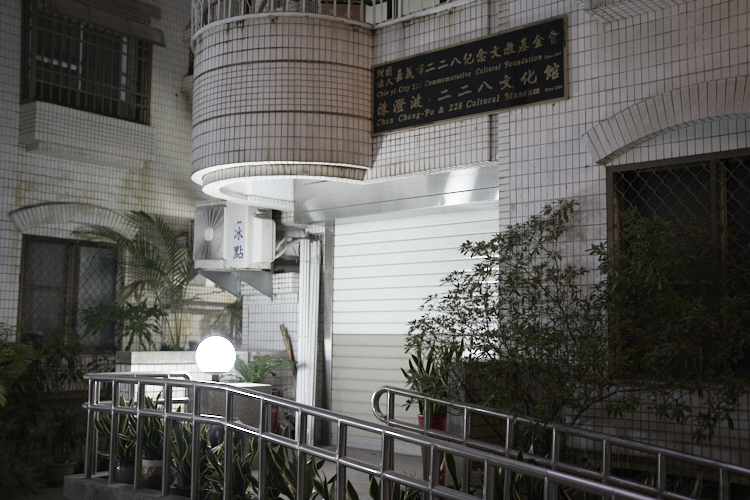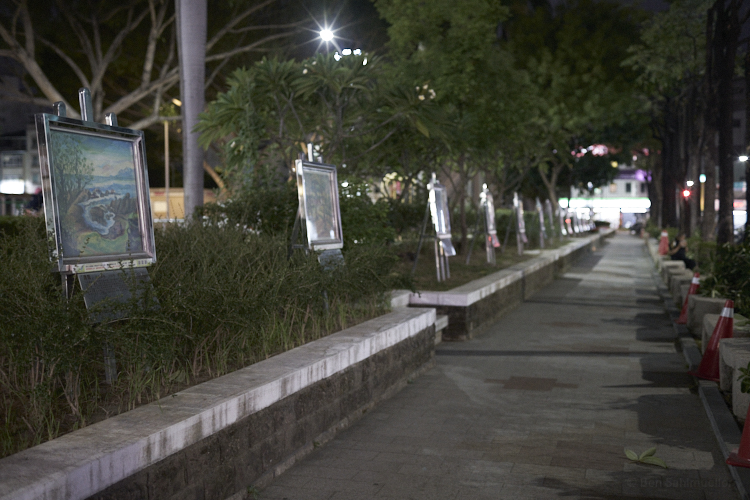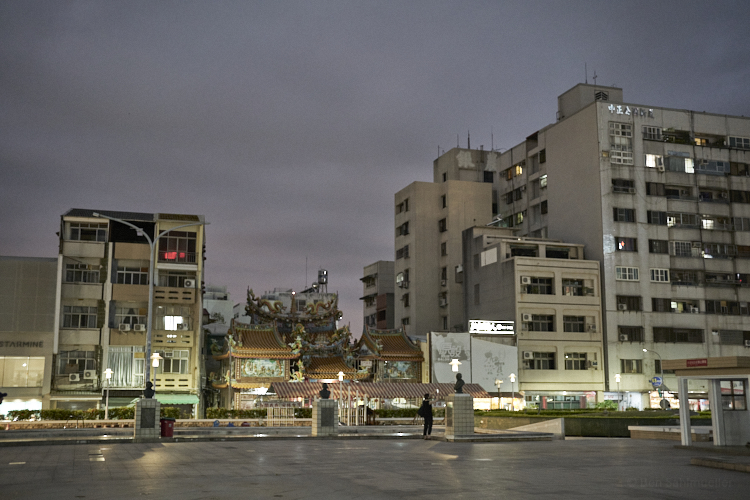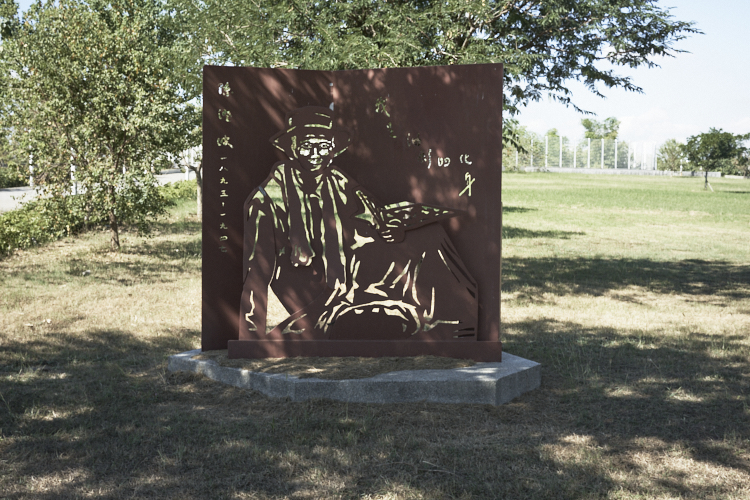Remembering 228 in Chiayi (嘉義市), Of paintings and power
This essay is part I of a loose series reflecting on a visit to Chiayi in November 2022. Click here for part II (228 National Memorial Park), part III (228 Memorial Park), part IV (Chiayi Old Prison), and part V (Chiayi Park).
In Taiwan, the cypher “228” is well known – but expect a certain chilly mood change when offhandedly dropping it. “228” refers to February 28th (1947), when – 16 months after the beginning of KMT’s misrule in Taiwan – a routine control/harassment of the Taiwan Province Monopoly Bureau lead to the dead of a civilian and escalated into riots all over the island. During the riots, protesters attacked government officers and people who recently came from the Chinese mainland. The riots lead to the arrest, imprisonment, execution, or massacre of thousands after the KMT brought reinforcements from China on March 8th. Between 18,000 and 28,000 Taiwanese are estimated to have died due to the 228 incident. It is also often connected to the “White Terror” era, starting with the declaration of martial law on May 19th, 1949, and later the Taiwan independence movement.
The spark that ignited the protests happened in Taipei, but it was in Chiayi, 200km south of Taipei, where some of the most bloody events occurred. After lootings and killings by KMT forces based at what’s now Chiayi Airport, a peace negotiation committee approached the airport to mediate between military and population. One of the most prominent members of the committee was Chen Cheng-po (陳澄波), a well-know painter and the first Taiwanese to be displayed at the Imperial Art Exhibition in Japan. Yet, the militia detained him and three others (Pan Mu-chih, 潘木枝, a Japanese-educated doctor and city councilor; dentist Lu Ping-chin, 盧炳欽; and Ko Lin, 柯麟, the owner of a movie theater). They were later executed without trial in front of the Chiayi Railway station.
Taiwan’s struggle with its past is also visible in the memory of Chen Cheng-po. The site of his execution just in front of the main station features no insignia, but a common kawaii-styled branded mascot. While people still lay flowers on his statue outside of Chiayi Municipal Museum, his name and that of his comrades in destiny is mostly missing from Chinese Wikipedia articles about the massacre. A small museum dedicated to him was recently closed due to financial problems. And while his work is featured in the park on the opposite side of the street, it is strange that the park’s name survived the museum: Zhongzheng Park (中正公園), named after Generalissimo Chiang Kai-shek, the man responsible for the White Terror.
The remembrance of the massacre in Chiayi was a contested political issue in Chiayi as in many other places, mostly as Taiwan won its democracy not by breaking with its past but by transforming it – such that the descendant of the KMT responsible for the White Terror still pose one of the two most important parties in Taiwan. (Building on strong local networks of power, they won many of the localities in Taiwan’s recent 2022 local elections.) After a lot of back and forth, confessions, and small acts of sabotage, two monuments have been built in Chiayi: The Chiayi City 228 Memorial Park (sponsored by the government and mostly dismissed by the populace), and the 228 National Memorial Park (sponsored and designed by the population, now also featuring the first monument).





